David Busch's Canon EOS R7 Guide to Digital Photography is your all-in-one comprehensive resource and reference for the exciting new APS-C format Canon EOS R7. Enthusiasts will appreciate this 33-megapixel camera’s superior low-light performance and action-friendly 30 frames-per second continuous shooting capabilities. Image stabilization built into the R7’s body integrates...
Read More
David Busch’s Canon EOS R7 Guide to Digital Photography is your all-in-one comprehensive resource and reference for the exciting new APS-C format Canon EOS R7. Enthusiasts will appreciate this 33-megapixel camera’s superior low-light performance and action-friendly 30 frames-per second continuous shooting capabilities. Image stabilization built into the R7’s body integrates with lens-based stabilization found in many lenses. Three available adapters make it easy to supplement your RF-mount lenses with a broad selection of legacy Canon EF and EF-S optics. The R7 also has two memory card slots, wireless connectivity to computers and smart devices, and high-definition 4K and Full HD movie-making capabilities. With this book in hand, you can quickly apply all these advanced features to your digital photography, while boosting your creativity to take great photographs with your Canon EOS R7.
Filled with detailed how-to steps and full-color illustrations, David Busch’s Canon EOS R7 Guide to Digital Photography covers all this upscale camera’s features in depth, from taking your first photos through advanced details of setup, exposure, lens selection, lighting, and more, and relates each feature to specific photographic techniques and situations. Also included is the handy “roadmap” chapter, an easy-to-use visual guide to the cameras’ features and controls. Learn when to use each option and, more importantly, when not to use them, by following the author’s recommended settings for every menu entry. With best-selling photographer and mentor David Busch as your guide, you’ll quickly have full creative mastery of your camera’s capabilities, whether you’re shooting on the job, as an advanced enthusiast, or are just out for fun. Start building your knowledge and confidence, while bringing your vision to light with the Canon EOS R7.
Read Less

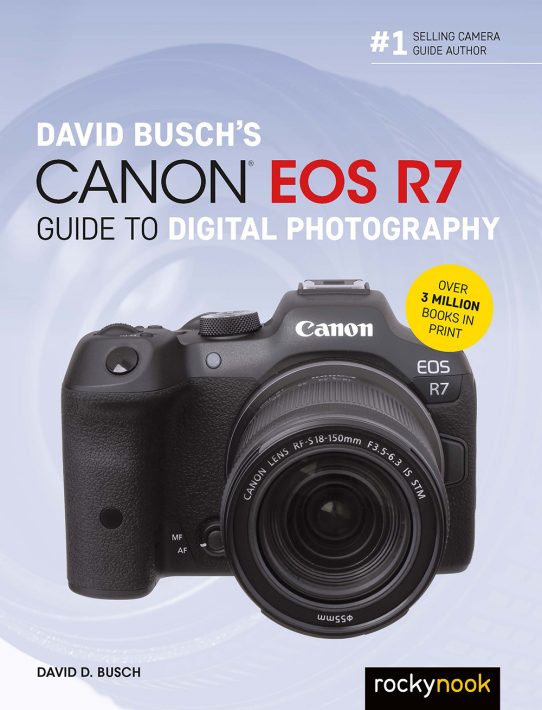

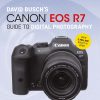

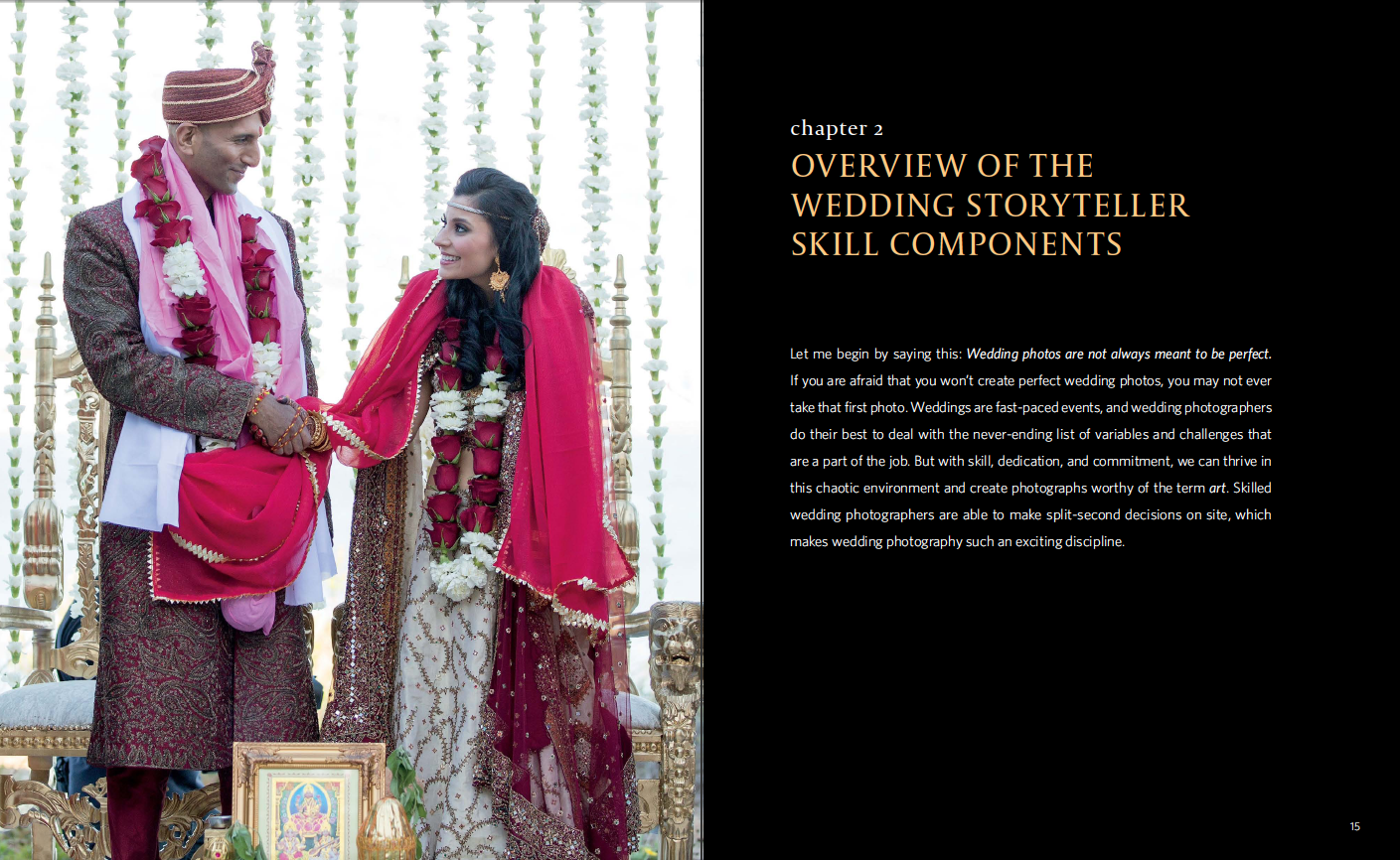
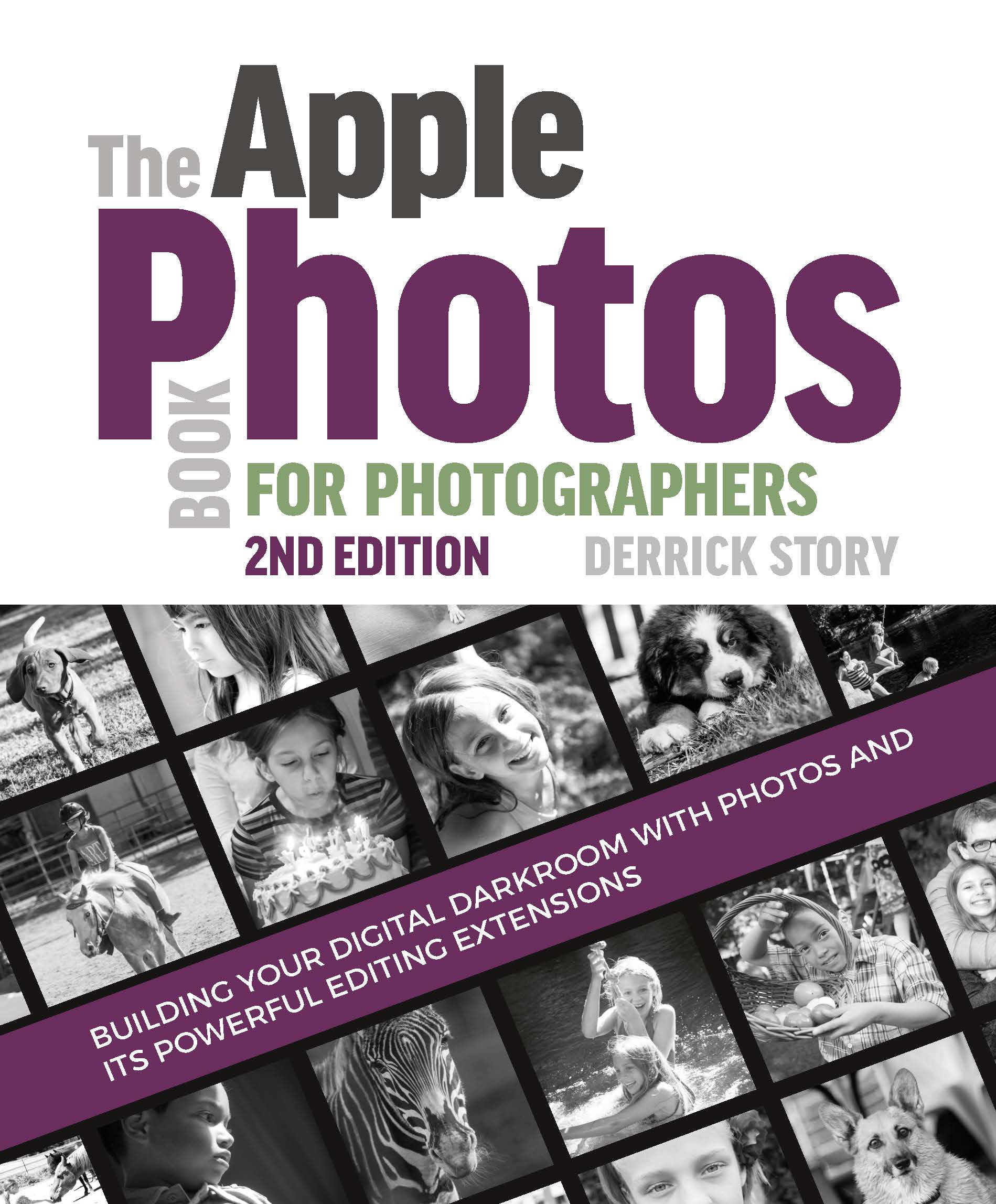
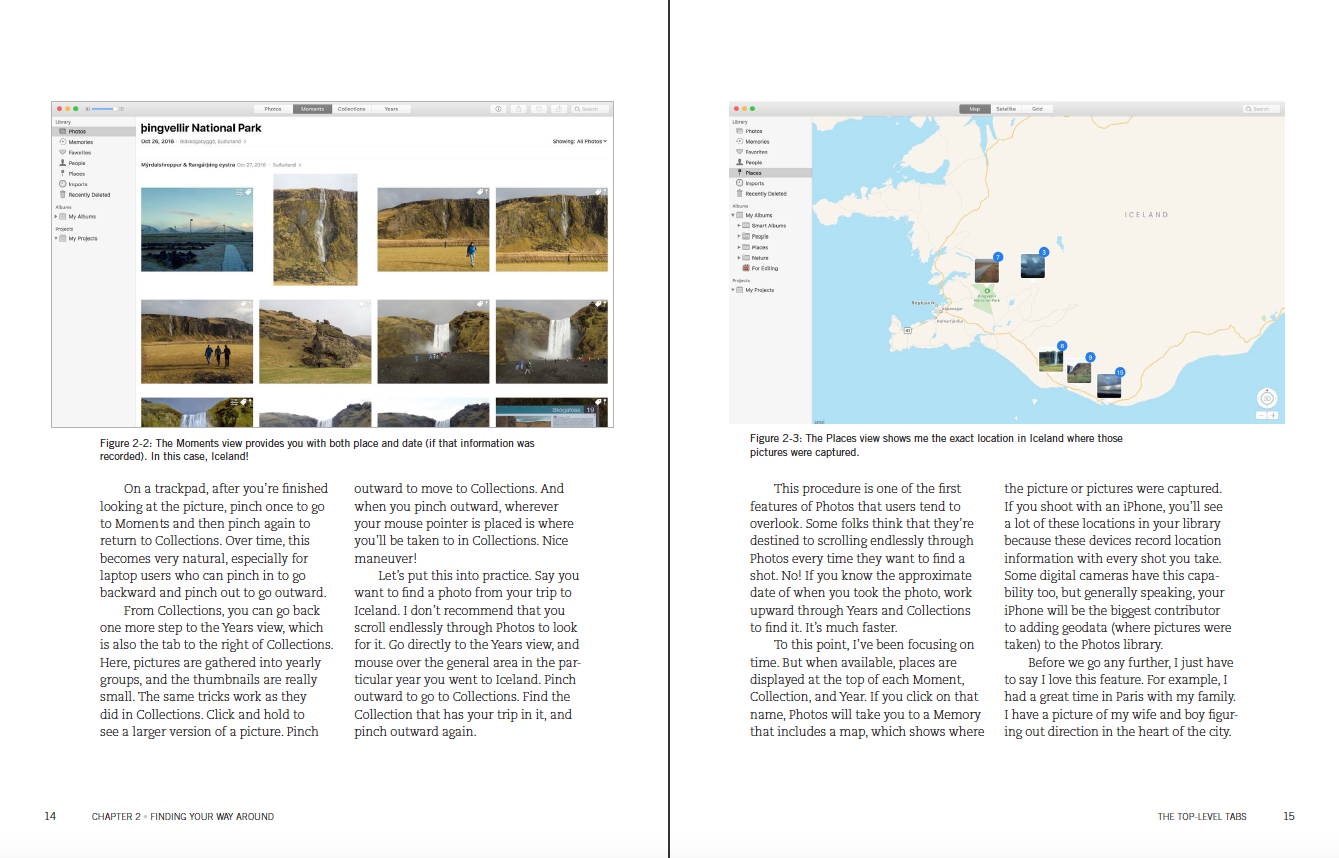
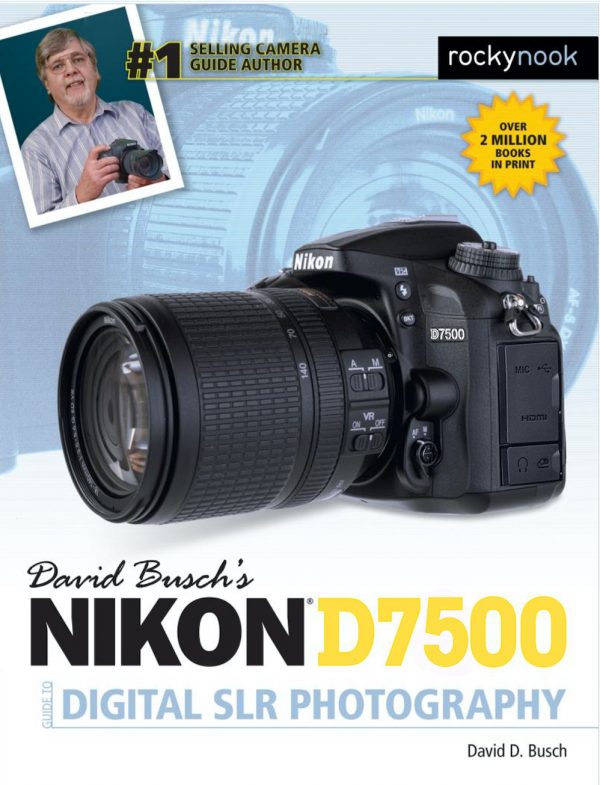
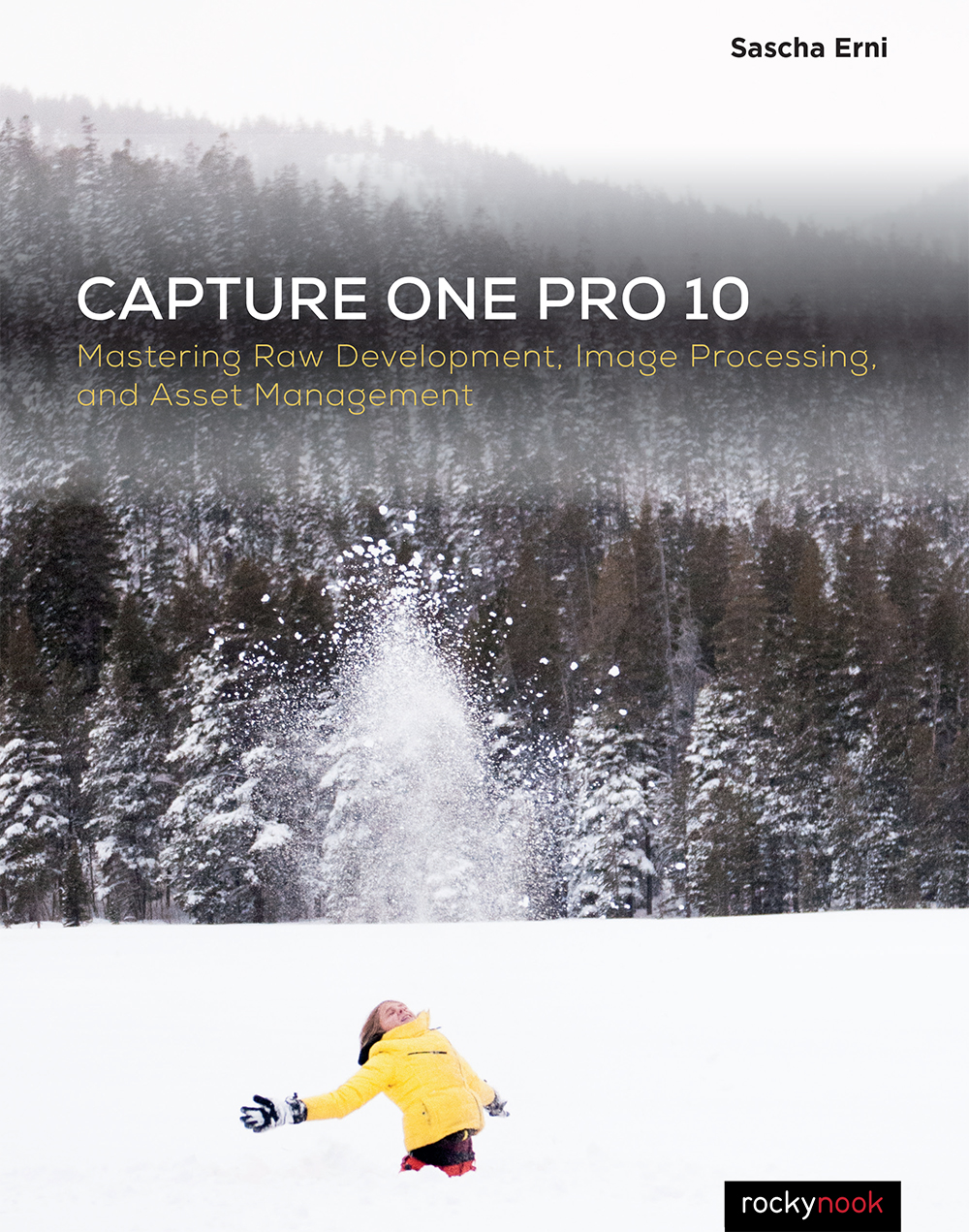
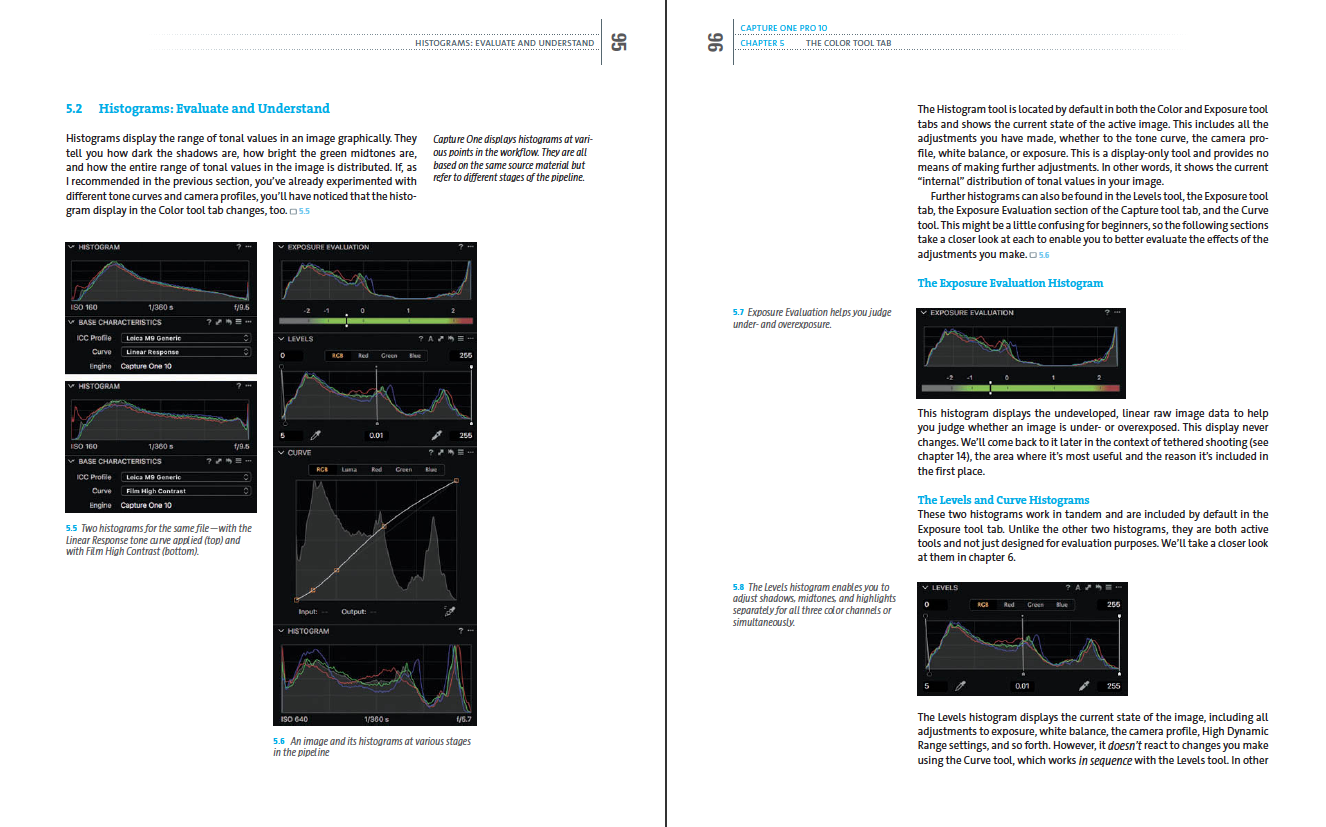
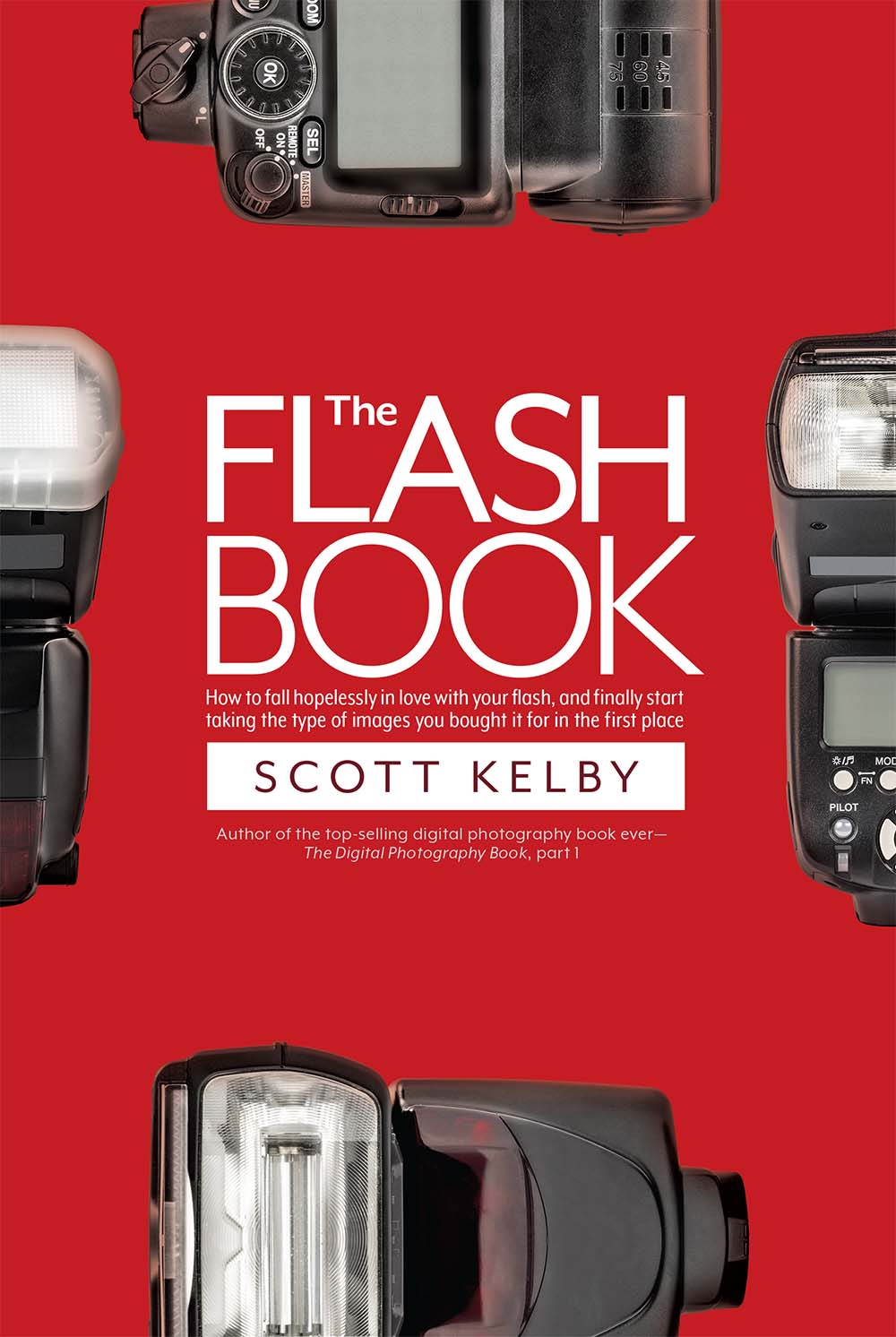
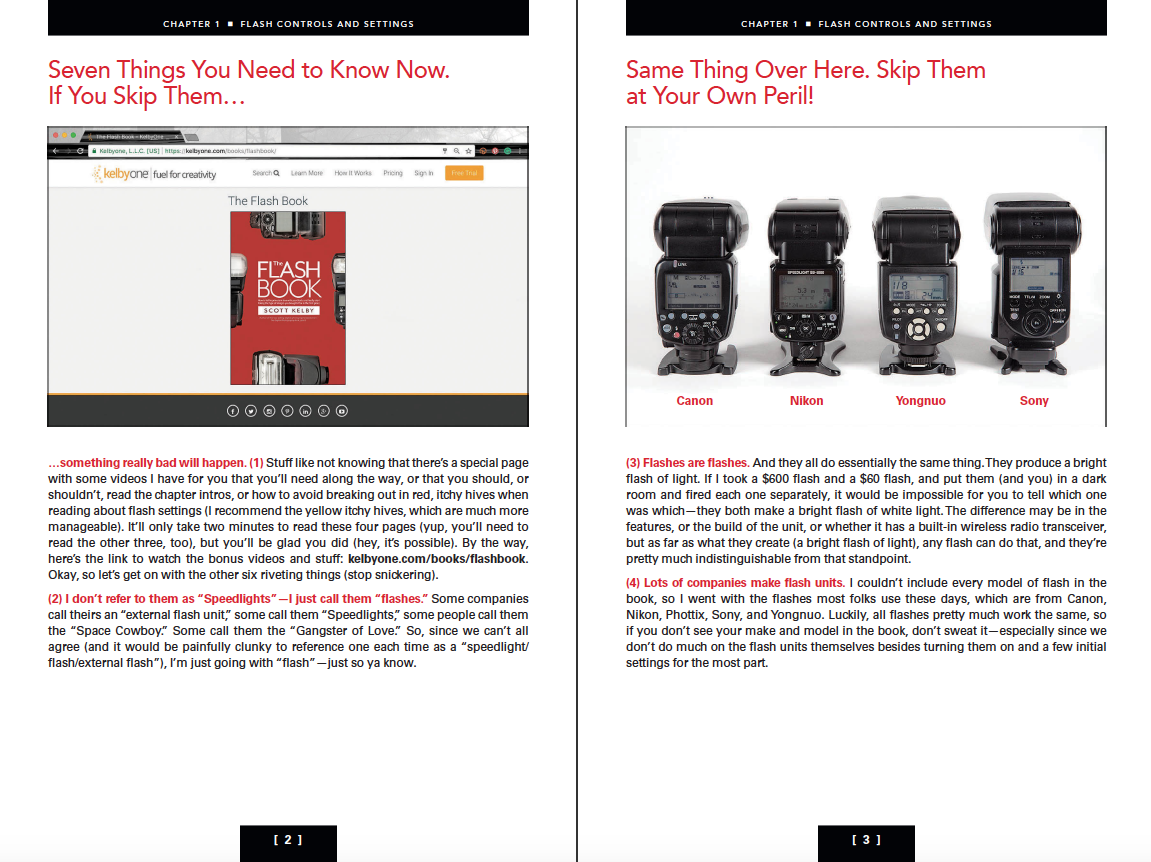

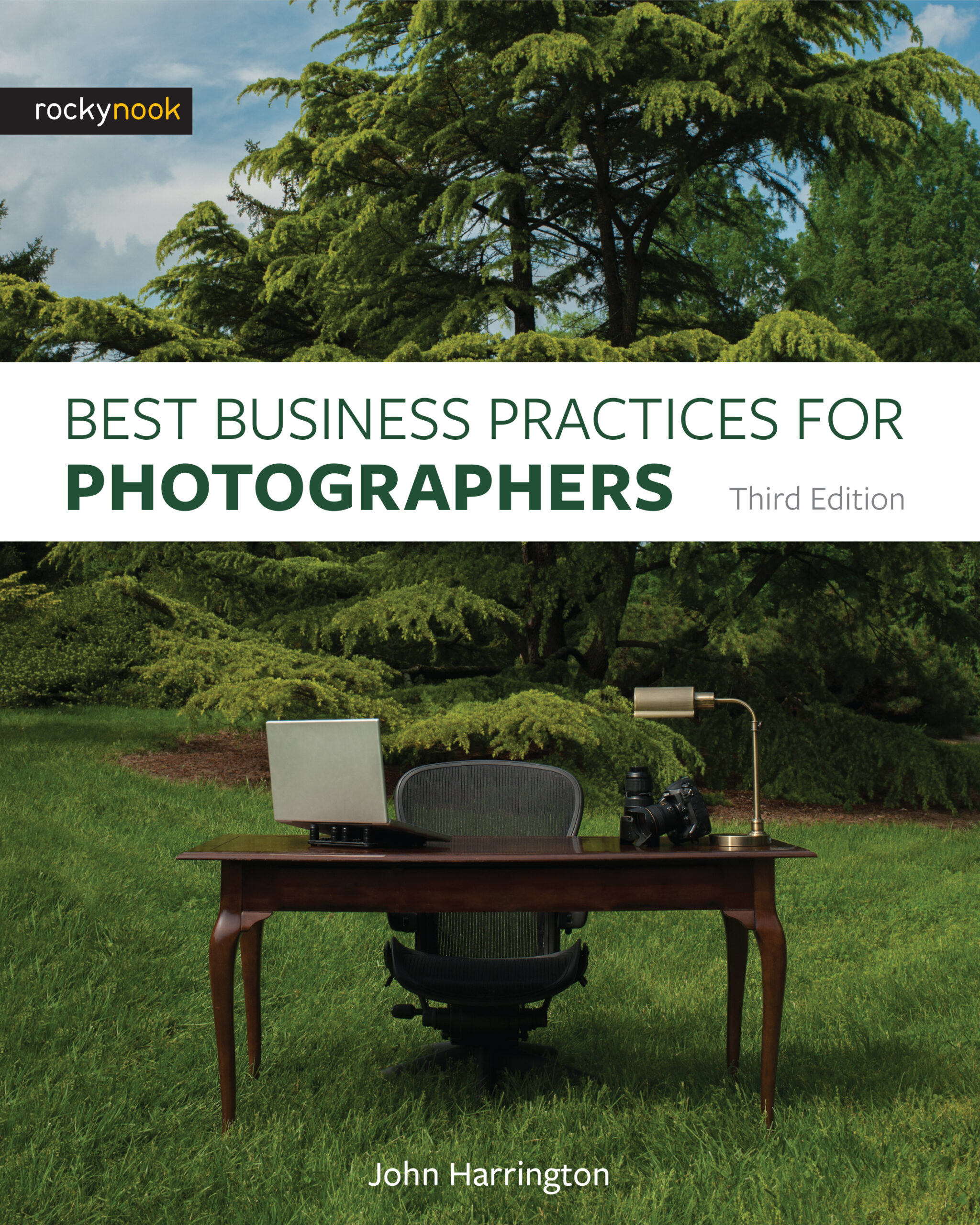
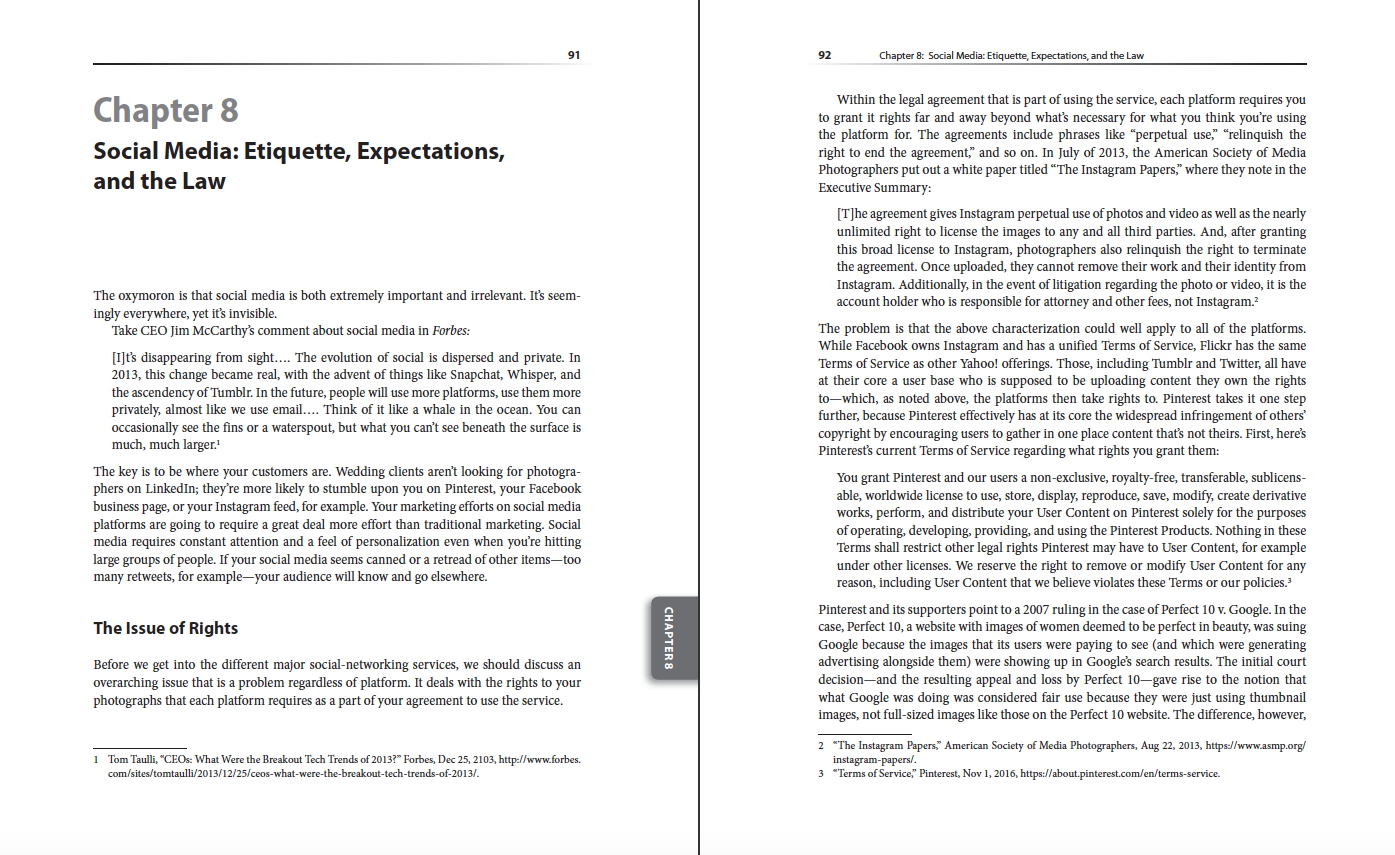
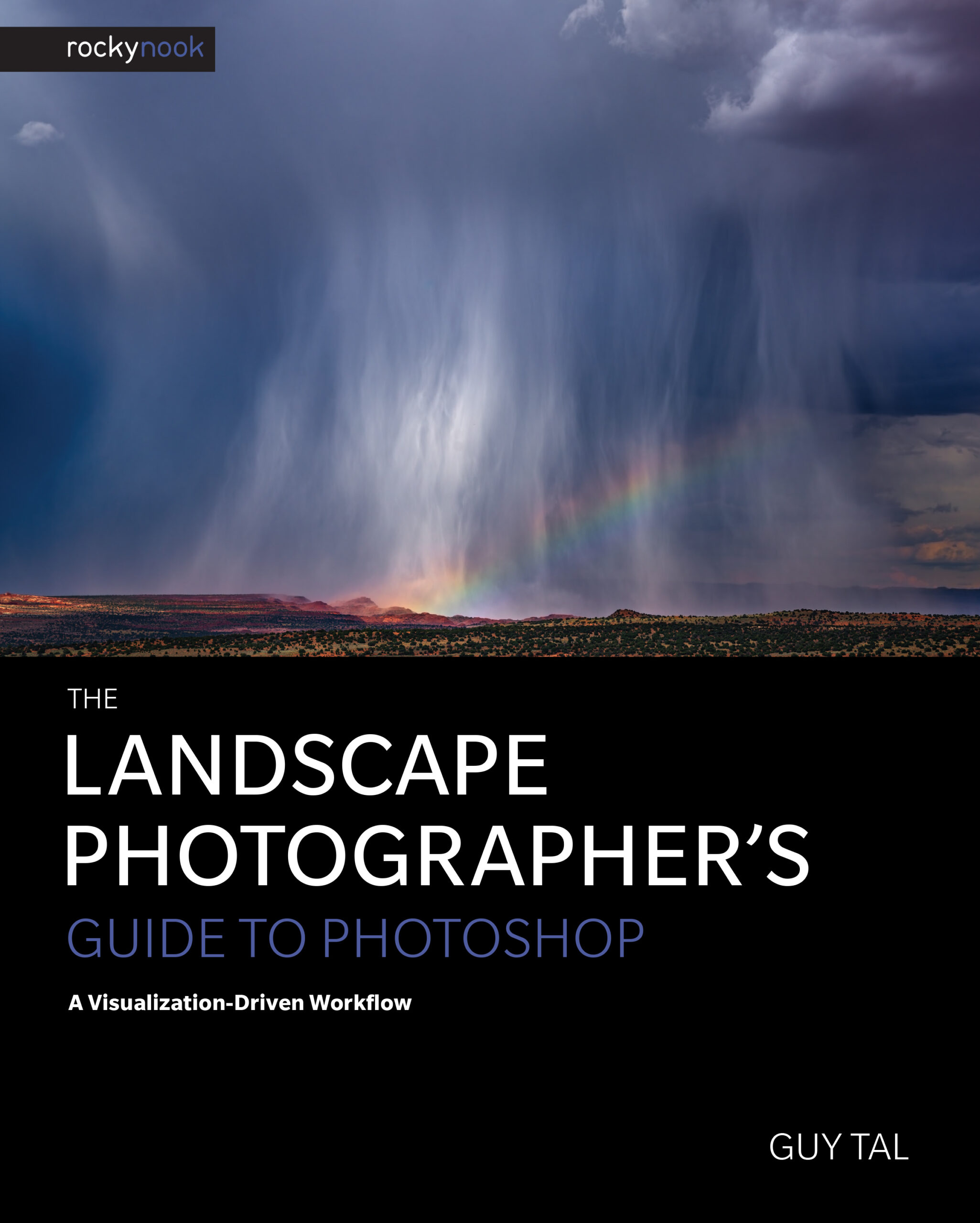
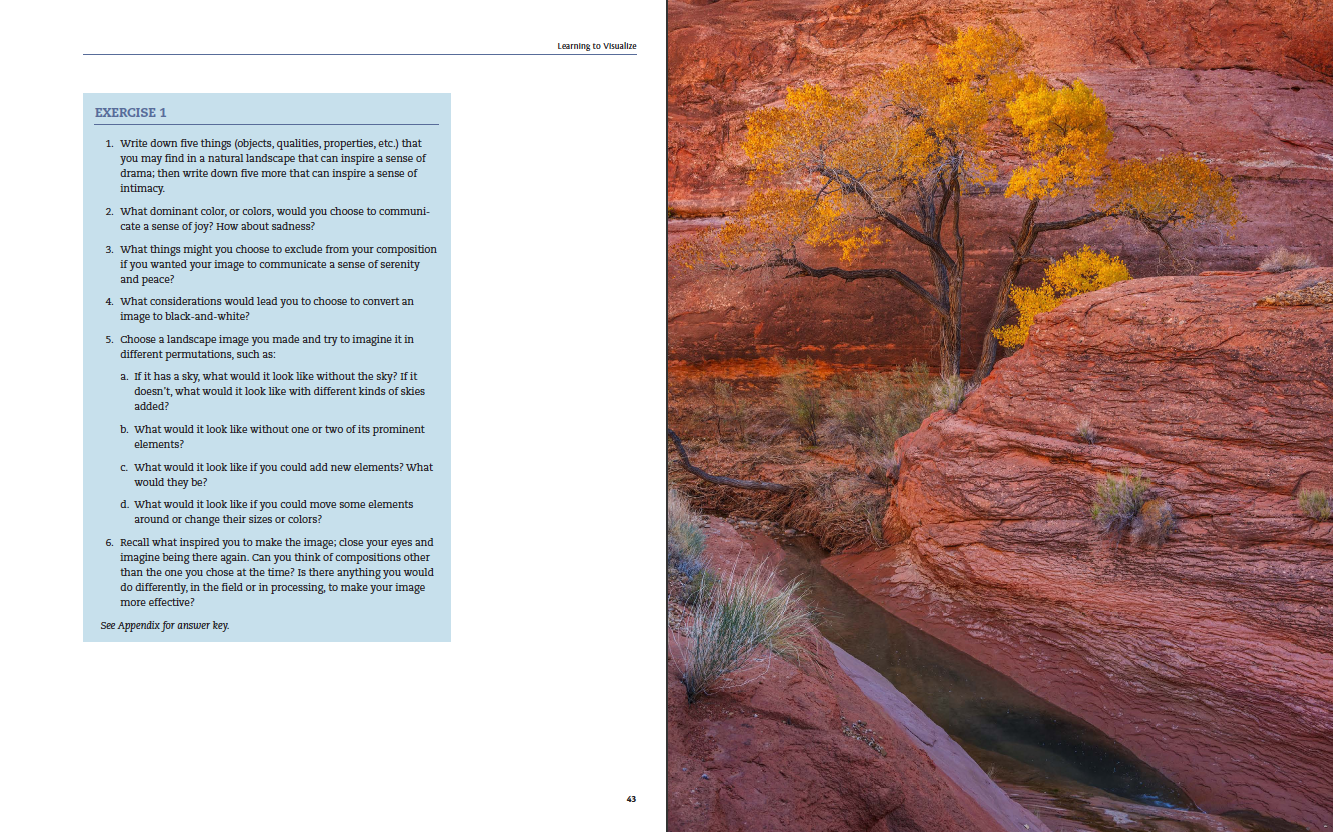
Gloria
If there is a manual for one of my cameras by David Busch, I inevitably want to read it. His books are always useful, well written, and a joy to read. You want to keep his manuals around for as long as you have the camera! As usual, he begins this book with the initial set-up of your camera, which is brilliant. Of course you want to use your camera before you finish the manual, so the author lets you know how to set it up without making you go halfway through the manual.
Also, at the beginning, he has a great section on the touchscreen. I know it’s been around for a while, but I always have a problem figuring it out, and Busch laid it out for me. He points out that the new screens are capacitive and not resistive so that you don’t have to press down to make a choice by touch. I would not have known that, so thank you! Loved his section on autofocus, including subject tracking. Busch points out to us that tracking and selected focus area are two different things and spells out the implications. He understands what we need to know and what we might miss.
In his chapter on advanced techniques he covers not only long and short exposures, but three different ways to take long exposures. He also talks about self-timers and time lapse exposures and, of course, star trails.
The author talks a bit about which lenses to use and how to adapt lenses to non-mirrorless cameras. He also tells us about image stabilization, how it works, and how we benefit from it. He does point out that one downside is stabilization can slow down your shooting time, so that, if you are worried about split-second timing, you might want to turn it off. I don’t think I have read that elsewhere. The author really does try to cover everything he can imagine for us.
He includes two entire chapters on using flash which, if I ever do that, will be of great assistance. I noticed that he talks a little about many models of speedlites so that you are covered regardless of you flash type.
His chapter on using natural light and indoor lighting helpfully distinguishes incandescent from tungsten from halogen light, their advantages and disadvantages. This is a chapter I will return to repeatedly when I’m shooting portraits of family members inside. I appreciate his taking the time to explain the effects of light sources.
At the end of the book he talks about customizing both the shooting menu and the autofocus menu, and I don’t think he misses anything in his description to us of our options in those areas. For example, he devotes three whole pages to how to achieve multiple exposure images, and what your choices are there. That is so much more helpful than a quick paragraph tossed off.
The last couple of chapters include one on playback options and a brief piece on playback creative filters, which I did not even know existed. It’s great too, that, throughout the book, the author will give us his recommendation if he has one but often leaves it up to us. I do appreciate that if he has a strong opinion on what choice we should be making he lets us know. For example, he suggests we disable the “view from last seen“ choice on playback. We want to see our most recent images immediately he tells us, and I think he’s right 🙂 On the other hand, he tells us to enable “highlight alert”, which I think is exactly the right choice.
At the end of the book Busch goes through detailed and extensive information on the set-up menu options such as the touch control, movie recording options, file, numbering, auto rotating, and so forth. I appreciate the detail there, because, with so much in front of us to work with in the menu, it helps to have a good guide — that’s what Busch is.
What this author is great at, besides clear exposition, is that he seems to be able to predict what the new and even the advanced user need to know, and there it is. As far as I can tell, he omits nothing that we need to know, and he goes into great and useful detail. I would always recommend getting a camera book by David Busch if it’s available for your model. You can’t go wrong.